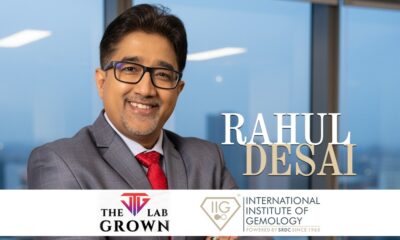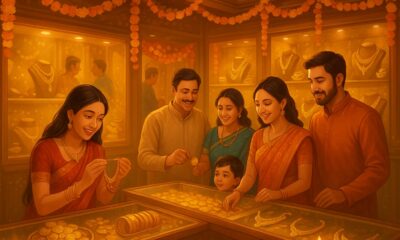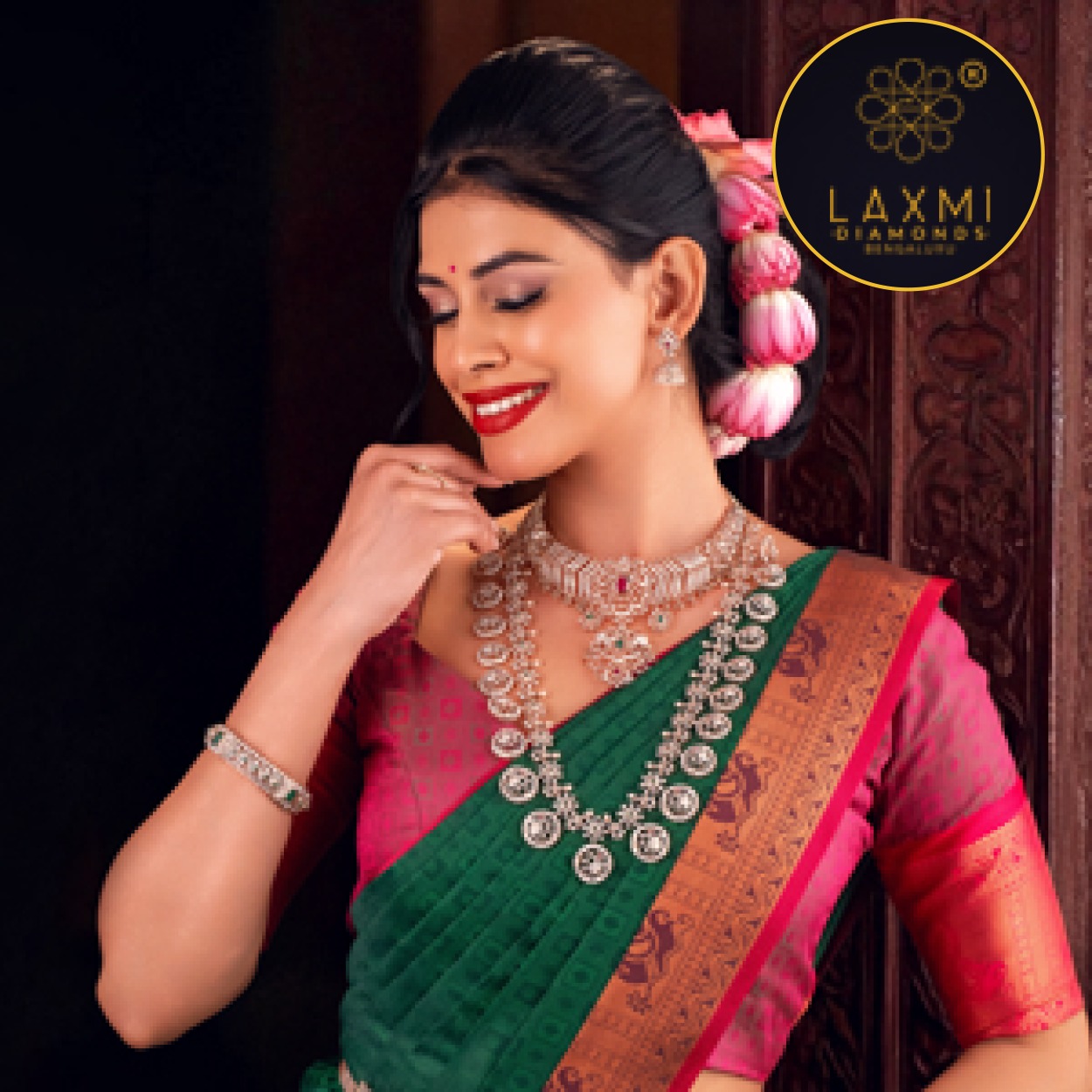JB Insights
PM Modi, Vipul Shah in Rapaport’s “People of the Year” list

Rapaport’s “People of the Year” reflect the broad range of challenges affecting the diamond trade and industry — and some of the solutions.The , inclusion in this list is reflective of his or her influence on the diamond industry and/or presence in the headlines.
It names honourable Prime Minister of India Narendra Modi as the mover and shaker of the diamond world in the year 2023.Prime Minister Narendra Modi had a number of contact points with the jewelry industry in 2023. He inaugurated the Surat Diamond Bourse in December. He also raised a few eyebrows by referring to lab-grown diamonds as “green diamonds.”
It also names GJEPC Chairman Vipul Shah one amongst 6 people in the world to shape the future of the world diamond industry .India needed a voluntary pause in rough-diamond imports to stop inventories from getting out of control. The industry implemented this freeze for two months.it was the GJEPC that brought people together and managed the process following the crunch meeting. Vipul Shah, its chairman, was at the forefront.
JB Insights
Gold Rush or Emotional Reset? What this festive season taught us
By Rahul Desai, MD & CEO, International Institute of Gemology (IIG)
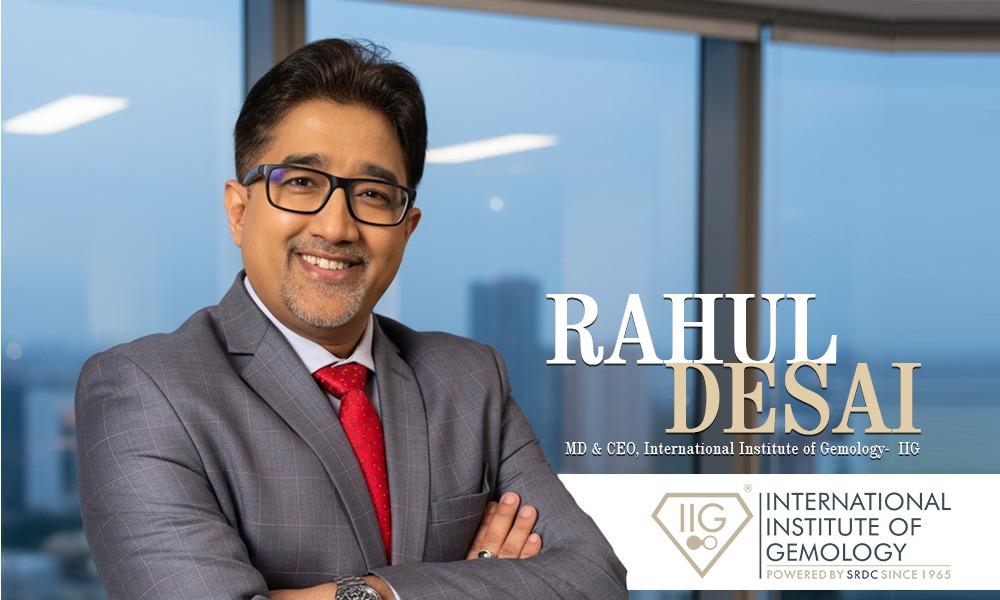
Every year, around this time, the gold prices somehow skyrocketed and there is always this question and concern in the air. However, around this time, there is one more thing that happens. India turns radiant, not just with lights, but with gold.
This Festive season (comprising Diwali and Dhanteras both), consumers spent an estimated ₹1 lakh crore on gold and silver ahead of Diwali. That’s not a typo, that’s 1,00,000 crore rupees.
And what’s remarkable is that this surge came despite record-high gold prices. You can’t explain that with charts or commodity logic alone. Because in India, gold isn’t a commodity, it’s an emotion. This is what makes India’s gold economy unique. It’s driven not by speculation, but by sentiment that converts into sustainable demand.
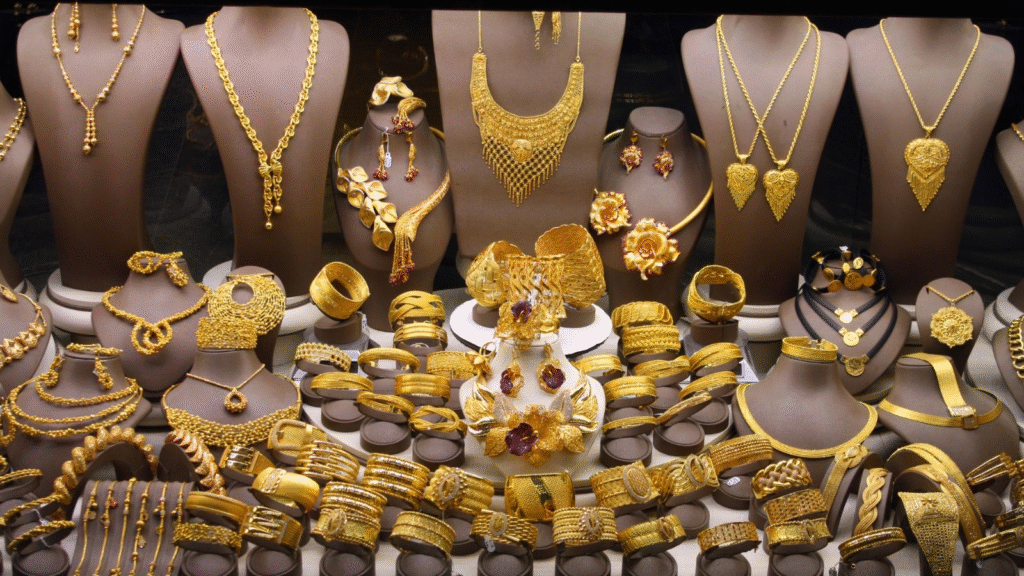
Gold as Emotion: The Invisible Economy
Gold in India isn’t just bought; it’s believed in. When families step into stores, even though they are thinking in ounces and grams, they are also thinking of blessings, milestones, continuity…. Most of them see this purchase as multipliers. They believe what they buy will return in 10x.
Even this year, as prices soared, consumers didn’t stop, they adjusted. Some bought lighter designs, smaller pieces, or silver alternatives. But, the desire remained the same; only the form changed. That’s emotional economics at work, something no spreadsheet can fully capture.
Gold as Investment
From an investment lens, gold remains one of the few assets that sits between emotion and economics. It hedges inflation. It stores value. It brings comfort when markets turn volatile. And while the urban investor sees diversification, the rural household sees gold as security.
The point is, both are right.
Gold has always been the bridge between sentiment and strategy. It’s the one asset class where the heart and the head both find common ground.
But if we’re going to treat gold as a real investment vehicle, we must start with awareness.
Education: The New Currency of the Gold Economy
Here’s where I believe the real opportunity lies. The next big differentiator in India’s gold and jewellery ecosystem won’t just be price, it will be education. The more we train, the more we transform. Training jewellers on transparency. Educating consumers on hallmarking and value. Empowering retailers to merge digital convenience with human trust. These are the small hinges that move big doors.
Because when people are informed, they don’t just buy gold, they build an ecosystem of trust.
At institutions like IIG and others, we’re seeing how education bridges the gap between tradition and transformation. A well-trained workforce and a well-informed consumer are what make this market sustainable.
What the Festive season Data Really Shows
If you read the Mint report carefully, there’s a quiet story beneath the numbers. Gold sales value rose 25%, but volumes fell around 10-15%. Silver saw a 35-40% spike, as buyers looked for accessible alternatives.
That tells me something powerful: The emotion remains constant, but the behaviour is evolving. Buyers didn’t walk away, they adapted/shifted to lighter designs, explored silver, or embraced modern 9k alternatives. That kind of flexibility defines a mature market. It proves that emotion and strategy can coexist. Consumers are becoming smarter, selective, design-driven, and even sustainability-conscious. They’re no longer buying just metal, they’re buying meaning. Gold’s emotional power will always endure, but the way we engage with it will keep evolving.
Gold’s role as a hedge remains strong. It continues to protect against inflation and currency volatility. But in India, its deeper purpose lies in how it converts sentiment into financial security. As someone who has spent decades watching markets and teaching the minds behind them, I can tell you this: The smartest players in the coming decade won’t just be those who sell more gold, but those who understand why people buy it, and strategize accordingly.
-
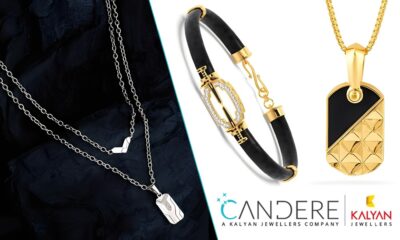
 National News3 days ago
National News3 days agoCandere by Kalyan Jewellers – Stack Jewellery for Men: A Guide to Layering and Expression
-
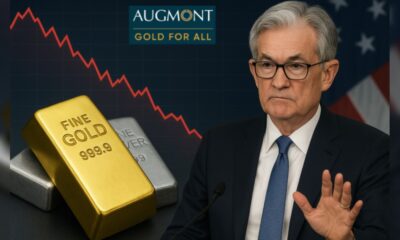
 International News2 minutes ago
International News2 minutes agoPowell raises doubt about easing at the next meeting AUGMONT BULLION REPORT
-
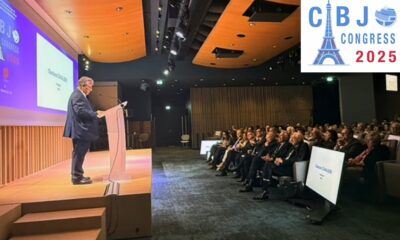
 International News18 hours ago
International News18 hours agoCIBJO Congress 2025: Navigating Challenges, tariffs, and the path to a sustainability
-
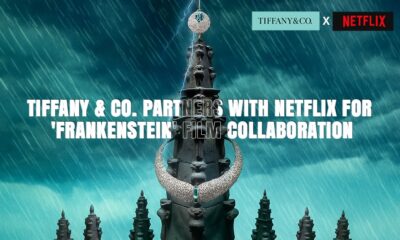
 International News21 hours ago
International News21 hours agoTiffany & Co. Partners with Netflix for ‘Frankenstein’ Film Collaboration




